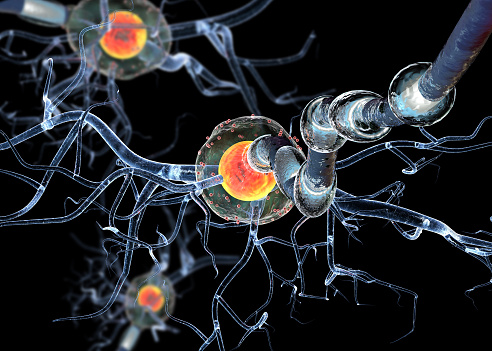
Skin cells may help to repair nerve damage in Multiple Sclerosis
February 27th, 2018New research into how skin cells could be used to repair nerve damage is the latest breakthrough in personalized treatment for Multiple Sclerosis (MS).
A recent study in adult mice by scientists at the University of Cambridge has shown that skin cells taken from the mice and reprogrammed into neural stem cells (NSCs).
Scientists at the University of Cambridge in the UK led the study. They took skin cells from adult mice with MS and then reprogrammed them into neural stem cells (NSCs), which were then transplanted back into the mice cerebrospinal fluid as “induced neural stem cells” (iNSCs). Once this was complete, scientists could see reduced inflammation and restored damage to the central nervous system.
There are over 2.3 million MS sufferers worldwide, and unfortunately there is no definite cure as yet. It is a progressive neurological disease which is thought to be caused by an abnormal immune response, which leads to inflammation in the central nervous system. As a result, the fatty substances that guard nerve fibres (myelin) are damaged or destroyed. People with MS often suffer a range of symptoms including pain, fatigue, vision problems and mobility issues.
Whilst human clinical trials will be needed before treating sufferers with iNSCs is a viable possibility, this latest study certainly is a step in the right direction!
Further Reading
Peruzzotti-Jametti, Et.Al: Macrophage-Derived Extracellular Succinate Licenses Neural Stem Cells to Suppress Chronic Neuroinflammation. Published online: February 22,2018 Available: http://www.cell.com/cell-stem-cell/fulltext/S1934-5909(18)30061-4








